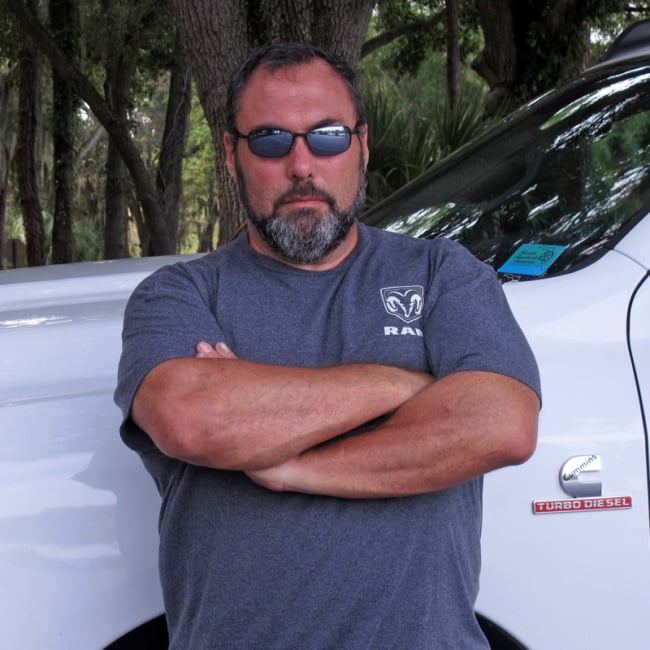
General Motors’ 35,738-square-foot “Highways and Horizons” pavilion contained the Fair’s most popular exhibit. Inside, 322 moving chair-cars gave visitors a tour of the largest and most realistic scale model ever constructed at the time.
There was never a grander idea dreamed up than the concept of a world’s fair. In 1939, what was once a garbage dump in the area of New York called Queens, would see approximately 1,200 acres of its surface be transformed into what would at the time be the second largest American World’s Fair.  It was an event bringing the nations of the world together to promote their countries and show that harmony could exist. In 1939, the theme of the World’s Fair in New York was “The World of Tomorrow.”
It was an event bringing the nations of the world together to promote their countries and show that harmony could exist. In 1939, the theme of the World’s Fair in New York was “The World of Tomorrow.”
For General Motors, the theme was taken to heart. The 1939 GM Futurama exhibit was designed by a theatrical and industrial designer named Norman Bel Geddes. His interest in futuristic metropolises is heavily apparent in the GM display. According to a GM press release of the time, “Visionary ideas charge through his brain, his mind works in bold brush strokes. But not one tiny tree, not one small building, not one square inch of ‘plowed ground’ became a part of the Futurama until Geddes had approved it for form, color, realism, good-taste, human interest, and dozens of other measuring standards.”
All were welcome to come tour the future, as General Motors’ Futurama exhibition depicted the envisioned multilane highways of the future.
The largest single exhibit at the Fair, GM’s Futurama was located on seven acres positioned within the Transportation Zone. The enormous display was comprised of four structures located on four corners of an imaginary street intersection. The intersection was modeled as what the interpretation of a city street in 1960 might look like. Visitors traveled up, down, and through what was heralded as the “most lifelike and largest scale model ever constructed.”
Futurama was a 35,738 square foot diorama in which observers could sit in moving chairs that were designed and positioned above the display. This was designed to give on lookers the feel as if looking at a futuristic city from an airplane. The people-moving conveyor – or “carry-go-round,” as it was called, sat observers in moving chairs that were equipped with speakers that would narrate throughout the ride.
The souvenir booklet that accompanied the ride, included a written version of the narration from the exhibit. Imagine sitting on the carry-go-round, looking at the future and hearing a soothing voice telling you, “Come tour the future with General Motors.  Take a transcontinental flight over America in 1960. What will we see? What changes will transpire? This magic Aladdin-like flight through time and space is Norman Bel Geddes’ conception of the many wonders that may develop in the not-too-distant future…this world of tomorrow is a world of beauty.”
Take a transcontinental flight over America in 1960. What will we see? What changes will transpire? This magic Aladdin-like flight through time and space is Norman Bel Geddes’ conception of the many wonders that may develop in the not-too-distant future…this world of tomorrow is a world of beauty.”
In 1939, five million people saw the Futurama display at the General Motors Highways and Horizons exhibit. Futurama wasn’t necessarily a focus on the cars that GM intended to build. It was a peek into what Geddes thought that the future might bring.

As visitors rode through Futurama, the narrative states, “There are approximately 38,000,000 motorcars in the America of 1960 – almost a third more than in 1940.” In actuality, by 1960 there were 74.4 million cars on the road in the United States.
That being said, visitors were told about certain features that cars of the future might have, such as controls that would help them maintain a proper distance from each other. So apparently, the future can be predicted?



















